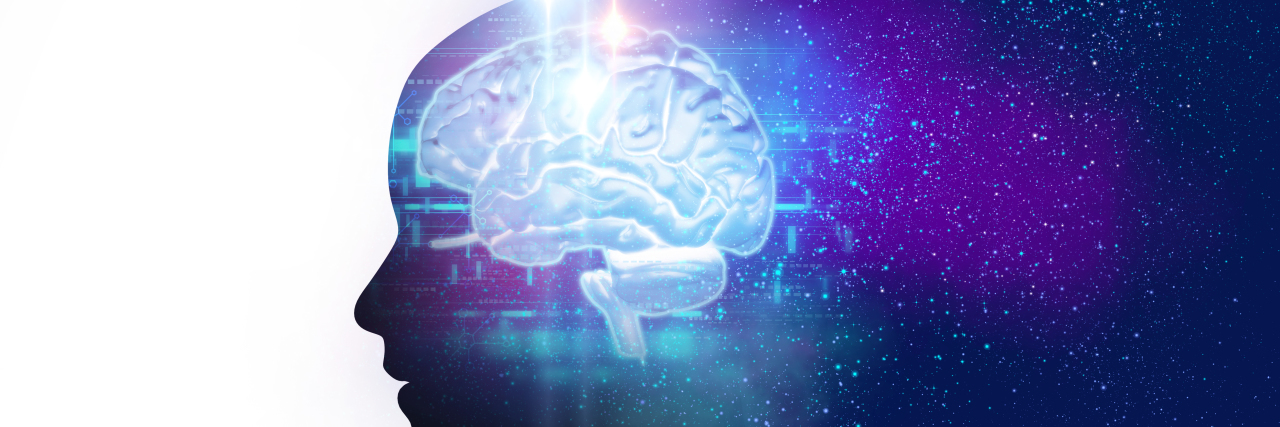When I tell people I have a learning disability, their most common reaction is disbelief. I have heard comments such as, “But you’re so smart,” or “You went to college.” Some people hear the word “disability” and assume the person cannot do something. For this reason, people with learning disabilities are beginning to explain their conditions using the concept of neurodiversity.
Neurodiversity recognizes that the brains of people who have neurological conditions such as learning disabilities or autism are simply wired differently. The goal is not to find ways to “cure” the disability, but to embrace the person and treat them as an equal member of the community. Their differences should be respected and considered normal.
I can see where using language such as neurodiversity helps to include people with differences in everyday life. Everyone is truly unique. I understand I will never be “cured,” but I have found ways to live with it. However, if I had not received early intervention, I would not be as successful as I am today. The funding for such services is dependent on the person having a disability. People just sometimes misunderstand what that means.
I also like the concept of embracing people with learning differences into the community. Many times people will reject others who are different than them. This is not to say someone has to like or hang out with someone just because they have a disability, but we must recognize we are more alike than different.
Whether a person chooses to use disability or neurodiversity to describe themselves is an individual choice. Each term has its advantages and disadvantages. The true test is how we treat we each other despite our differences.
Getty image by Monsitj.

